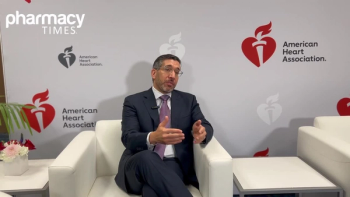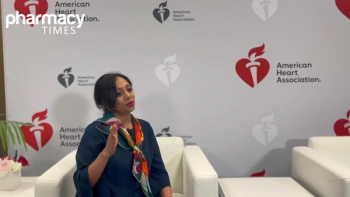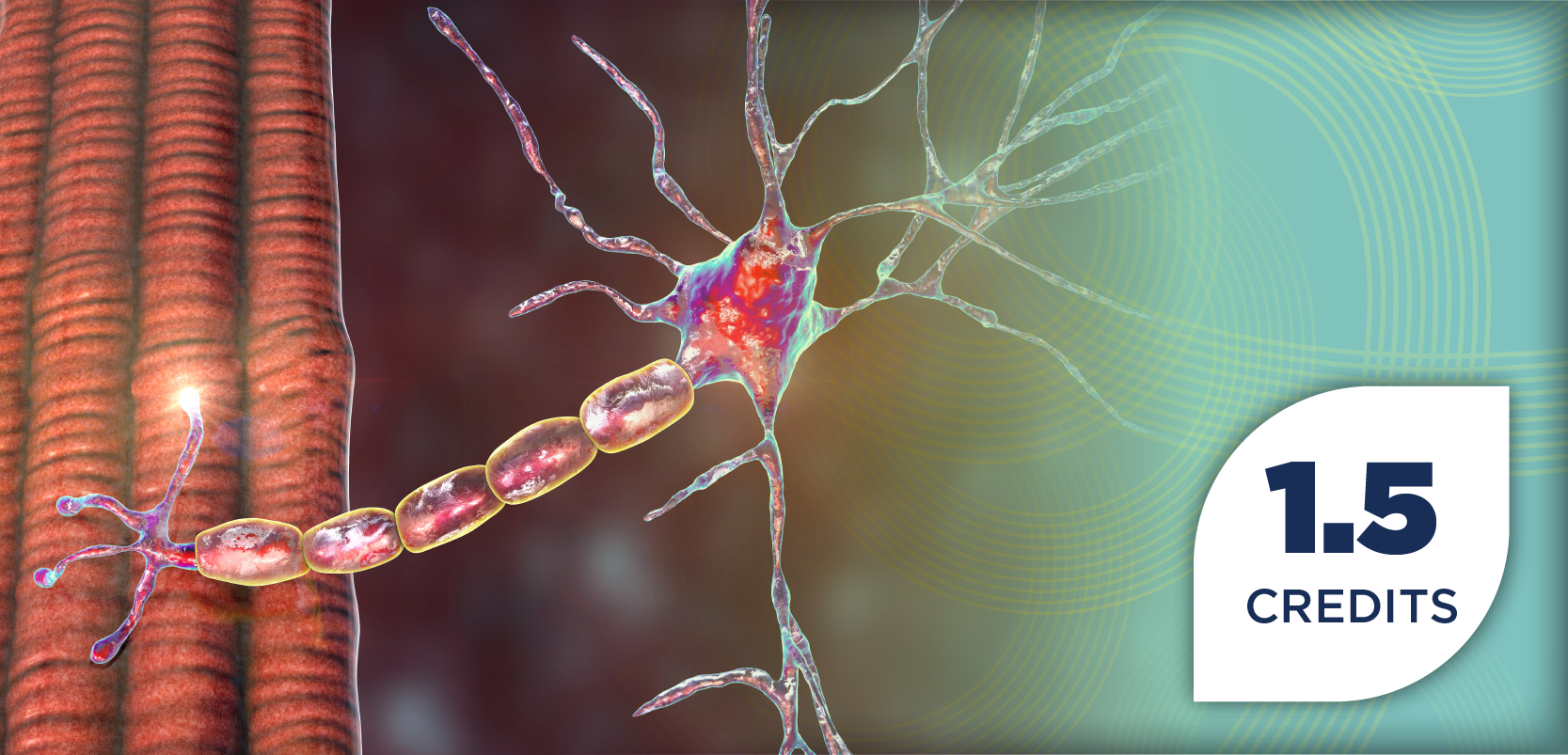
Evolving Therapies Highlight the Interconnected Nature of Cardio-Kidney-Metabolic Health
Discover how emerging therapies in cardio-kidney-metabolic health reshape disease management at AHA 2025, highlighting interconnected health pathways.
At the American Heart Association Scientific Sessions 2025 in New Orleans, Roy Matthew, MD, discusses the evolving landscape of cardio-kidney-metabolic health and the emerging therapies reshaping disease management. He explains that recent initiatives, such as the Cardio-Kidney-Metabolic Health Initiative, have shifted the traditional framework by emphasizing the interconnectedness of cardiovascular, renal, metabolic, and even hepatic health. According to Matthew, advances in therapeutics—including SGLT2 inhibitors, GLP-1 receptor agonists, and nonsteroidal mineralocorticoid receptor agonists—are demonstrating benefits that extend beyond their initial indications, targeting shared pathways of disease progression such as inflammation and fibrosis. He notes that future therapies in development are expected to build upon these findings, addressing upstream mediators of obesity, fatty liver disease, and cardiovascular-renal dysfunction.
Pharmacy Times: Were there any disparities in risk or outcomes based on sex, race, or geography that you believe pharmacists and clinicians should be particularly aware of?
Roy Matthew, MD: Yes, so we have good data to show that social determinants of health are very important in the adverse outcomes related to chronic kidney disease. We see that patients of lower socioeconomic status, which also tracks with various minority groups as well, are more prone to adverse outcomes related to chronic kidney disease. Not only are they more prone to adverse outcomes, but they are also more likely to develop chronic kidney disease, partly related to limited access to health care and the lack of availability of healthier foods and food options.
That’s a really important point, because we know that Life’s Essential 8 is a big focus of the AHA, and it has been a cornerstone of maintaining a healthy lifestyle. Without that, you not only have poor heart health, but also poor kidney health. There are huge disparities when food deserts and lack of access to health care exist.
We do see some gender- or sex-associated differences in risk factors. Typically, at younger ages, men are more prone to develop chronic kidney disease, but that starts to shift as patients get older. In older age, women tend to live longer, but we are also seeing slightly higher rates of chronic kidney disease among women as they age.
So, we see some disparities based on differences in age, but the largest risk disparities for chronic kidney disease are found within sociodemographic parameters.
Pharmacy Times: How do you see therapeutic strategies evolving to better address the intersection of kidney and cardiovascular health—particularly regarding early detection and management?
Matthew: Yeah, so I mean, this is a different time, and I think the recent Cardio-Kidney-Metabolic Health Initiative has really changed our old framework. It has highlighted the intersection of all the various components of adverse cardiovascular health, which includes adverse kidney health, adverse metabolic health, and even adverse liver health. This is a really different time because we now appreciate the interconnectedness of these systems.
Another thing that has really helped bring this about is the development of therapeutics. We have multiple therapies that are targeting everything—it’s just falling into our laps. We have the SGLT2 inhibitors that showed we can improve both heart and kidney health while treating diabetes, and they have mechanisms that touch on every aspect of that intersection. Now we have the GLP-1s, which not only help patients lose weight but also demonstrate direct cardiac and kidney benefits, even within short-term trials.
We also have the next wave of therapies coming out, such as the nonsteroidal mineralocorticoid receptor agonists, and a whole line of new agents emerging in the pipeline that will likely have similar benefits. These therapies target upstream mediators of diseases like fatty liver disease, obesity, cardiac disease, cardiac fibrosis, and renal fibrosis—essentially addressing the primary drivers of all these interconnected conditions.
It’s a really exciting field with tremendous potential for advancement. One area that particularly needs to be highlighted is the anti-inflammatory target. There is increasing focus on the inflammatory co-mechanisms of atherosclerotic cardiovascular disease, and I believe this will have significant implications for chronic kidney disease as well, since it is a highly inflammatory state. We repeatedly see markers of inflammation elevated in chronic kidney disease, and once these anti-inflammatory trials are completed, I think we will reach a major milestone in improving care for our patients.
Newsletter
Stay informed on drug updates, treatment guidelines, and pharmacy practice trends—subscribe to Pharmacy Times for weekly clinical insights.






















































































































































































































